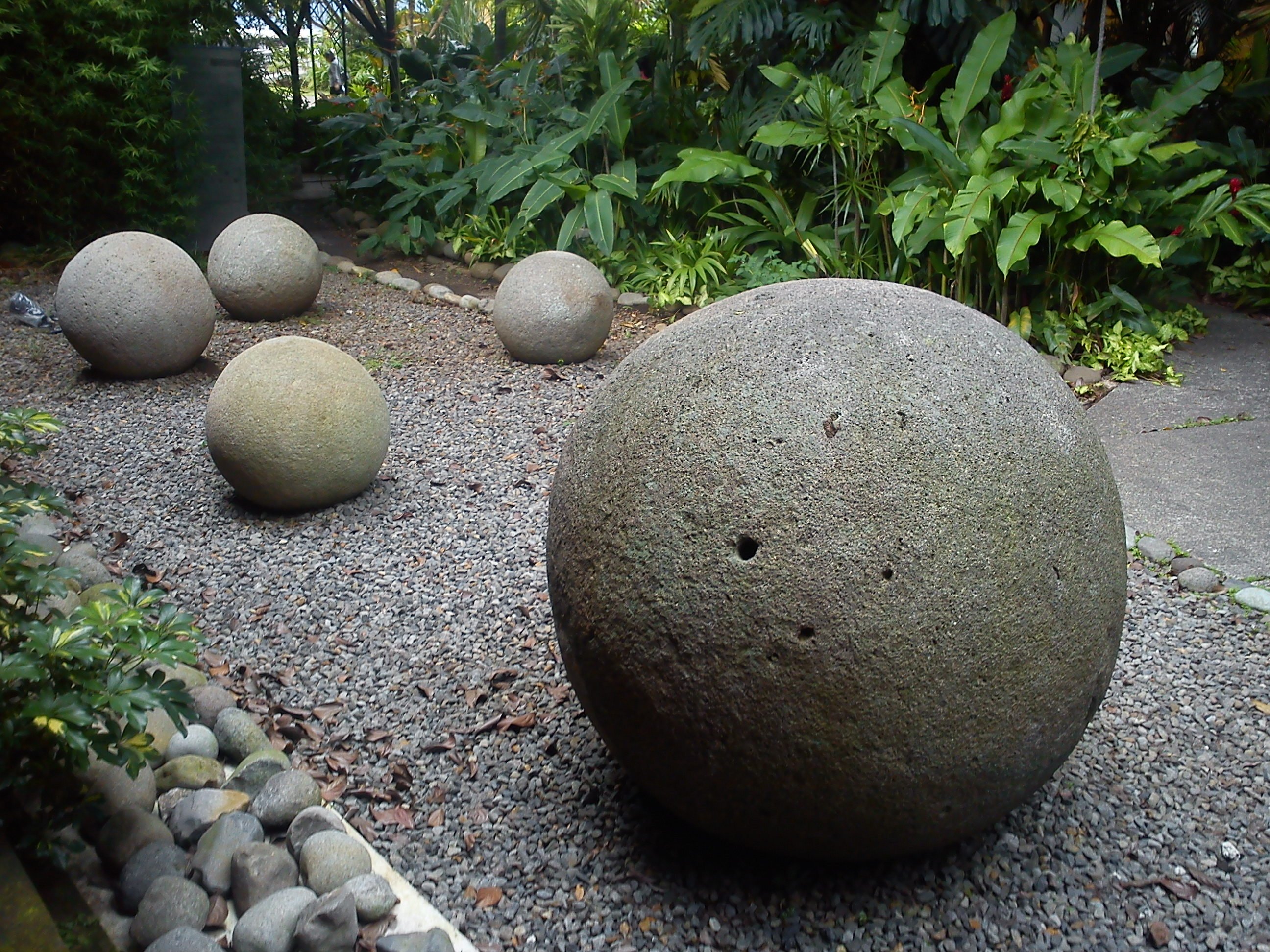🇨🇷map Costa Rica [Overview]

Costa Rica, known locally as Costa Rica in Spanish, sits in Central America between Nicaragua to the north and Panama to the south, with the Pacific Ocean on one side and the Caribbean Sea on the other. Its capital, San José, anchors the country’s Central Valley where much of the population lives. Costa Rica’s population is roughly five million, with a steady stream of visitors and foreign residents adding to the country’s cosmopolitan feel in hubs like the Central Valley, the Gold Coast in Guanacaste, and beach towns on both coasts. A defining trait of modern Costa Rica is that it has no standing army; the country abolished its military in 1948 and has invested heavily in education, health, and environmental protection ever since.
Travelers and expats are often drawn by the country’s political stability, high literacy, and reputation for safety compared to regional peers. The climate is tropical with marked wet and dry seasons that vary by region, making it easy to choose between evergreen rainforest, cool highlands, or sun-drenched beaches. Spanish is the everyday language, though you’ll hear English widely in tourism and business corridors, especially along the Pacific coast and in San José’s service sectors. Costa Ricans call themselves “Ticos,” and their national motto, “pura vida,” is more than a slogan—it's a relaxed, friendly approach to life that most newcomers quickly adopt.
Economy
Costa Rica’s economy is anchored by services, advanced manufacturing, and tourism, with agriculture playing a focused but smaller role than many imagine. San José and surrounding suburbs host a strong services sector—think shared-service centers, finance, design, and software—while multinational tech and medical device firms operate in free-trade zones, making the country a regional hub for high-value exports. Agriculture still matters: coffee, bananas, pineapples, and sugar are part of the export basket, and you’ll find boutique coffee farms in the highlands that supply global specialty markets. Eco-tourism is a major employer from Monteverde to the Osa Peninsula, supporting guides, hospitality workers, and small businesses.
Natural assets include rich biodiversity, national parks, and a power grid heavily supplied by renewable energy, notably hydro and geothermal, which appeals to investors and environmentally minded residents. Costa Rica is tightly connected to global markets through ports on both coasts, international flights via San José and Liberia, and a web of free trade relationships that support foreign direct investment. The country maintains a pro-trade posture and works closely with North American and European partners, which shows up in the steady presence of international companies and a professional workforce accustomed to cross-border collaboration. For digital nomads and entrepreneurs, reliable internet in urban and well-developed coastal areas plus a friendly business environment make it practical to base operations here.
Culture
Spanish is the dominant language, and you’ll also encounter English in tourism and business settings; in Limón province, some communities speak an English-based Creole with Afro-Caribbean roots. Most Costa Ricans are of European and mixed ancestry, with Afro-Caribbean and Indigenous communities contributing distinct traditions, foodways, and festivals. The country’s story blends Indigenous heritage, Spanish colonial influence, and migration from the Caribbean and elsewhere, producing a culture that values community, education, and civility in public life. Sport is a common thread—football (soccer) rules weekends—and there’s a growing appreciation for outdoor recreation, from surfing and mountain biking to birdwatching.
Roman Catholicism is historically predominant and still shapes public holidays and cultural rhythms, though religious practice today ranges from Catholic to Protestant and secular. National celebrations bring people into the streets: Independence Day on September 15 fills towns with parades and traditional dress, while the Palmares Festival in January mixes concerts and community events. The December to early January holiday season is especially festive, and many communities celebrate local saints’ days with food, music, and rodeo-style events. Whether you’re settling in for a long stay or testing the waters as a remote worker, you’ll find that Tico culture is welcoming, patient, and quick to share local tips—often punctuated with a warm “pura vida.”
Sophia
Sophia is a relocation specialist and cross-border business consultant originally from Toronto, Canada,
with over 13 years of experience in North American and Caribbean markets. Having worked for major
international relocation firms and managed corporate assignments across the United States, Canada,
Mexico, and popular expatriate destinations in Central America and the Caribbean, Sophia has extensive
experience facilitating international moves for professionals and retirees. Her expertise spans both
the practical aspects of visa navigation and the cultural nuances of adapting to life in North American
and Central American communities.
Published: 2025-06-28